Free Volume
Krasil Makar/Valerio Berruti
Krasil Makar/Valerio Berruti
December 5 – January 20 2024
Triangle Gallery is pleased to announce Free Volume, a two person exhibition of paintings, drawings and sculptures by Valerio Berruti (born in 1977 in Italy) and Krasil Makar ( as for his legend, born in 1889 in Russia). Opening reception December 5 at 19:00. Through January 20, 2024.
This is the first exhibition of artwork by Valerio Berruti in Moscow.
The image of a modern city embodies the world we live in - like frames of a short video, architecture, advertising, monitors and tickers flash before our eyes. But a chance encounter with art stands out from the stream of impressions. Bright, paradoxical works of artists are like a malfunction in the mechanism of the city; they attract attention, which usually jumps from object to object. Many leaders of contemporary art have become famous thanks to public art. Yayoi Kusama, Jeff Koons, Anish Kapoor were known only to a small circle until their public works became tourist attractions. This process is understandable - in the media world of sensations and entertainment, art is getting lost, but it is able to to take a shortcut and come out to meet the viewer, declare itself and be seen. One can regard public art as another street decoration or self-promotion, but the best examples remain individual and convey to the viewer the most important meanings and style of the author.
Valerio Berruti is a renowned Italian artist, once the youngest participant of the Venice Biennale, who collaborated with Ryuichi Sakomoto and Ludovico Einaudi, composers from the top league of music world. At the same time, the artist's intonation is quiet, he works with the subject of childhood, creating ghostly images, as if from common bright memories. At first they were embodied in ephemeral frescoes on bare canvases and walls. Surprisingly, the "light touch" has been preserved in large outdoor sculptures. These are often large-scale steel frames that seem weightless. It was as if an invisible hand traced in the air the outline of a child's figure peeking out from behind a stone, a girl in the middle of the square, naively and deeply thinking about something.
Berruti's children come out to us in the form of sculptures, almost getting lost in a hostile city. They come, like memories, to remind us of something better in ourselves. The artist's most famous installation is the carousel - a large life-size structure with concrete birds instead of children's horses. Light pastel colors, fairground lights and bird figures circling in smooth flight paradoxically turn scale and mass into a weightless fantasy.
Krasil Makar became famous for his works using the traditional manner of Ural dyers. At the beginning of his career, the artist released this domestic technique outside, painting and enlivening the grayish streets of the Ural cities. In 2020, his work was awarded the Sergey Kuryokhin Prize in the category "art in public space." "Bleaching" - a precise gradient stroke - creates Suprematist-like volumes, as if floating in zero gravity. They do not belong only to the surface and seem to emerge on this side of the canvases themselves, turning into Makar's sculptures. The most recent example is the five-meter sculpture Nettle, now gracing Artplay space in Moscow. At the exhibition you can see a gallery version of this work, reminiscent of both folk art and modern abstraction. There is a fascinating effect of physical presence and, at the same time, unreality, of shapes and colors from another dimension.
Both artists are united by this ability - to maintain their own intonation and special lightness - a child's game or a game of a colorful style, even transferring what they found on canvas into large-scale street works. Meeting them inspires the feeling that our everyday life and art are connected - these are the worlds open to each other. The name of the artist's large public work "Portal" in Yekaterinburg seems no coincidence. This is how we can determine the most interesting works in the urban environment - they serve as portals to the imaginary and the unknown.
Alexander Merekin
This is the first exhibition of artwork by Valerio Berruti in Moscow.
The image of a modern city embodies the world we live in - like frames of a short video, architecture, advertising, monitors and tickers flash before our eyes. But a chance encounter with art stands out from the stream of impressions. Bright, paradoxical works of artists are like a malfunction in the mechanism of the city; they attract attention, which usually jumps from object to object. Many leaders of contemporary art have become famous thanks to public art. Yayoi Kusama, Jeff Koons, Anish Kapoor were known only to a small circle until their public works became tourist attractions. This process is understandable - in the media world of sensations and entertainment, art is getting lost, but it is able to to take a shortcut and come out to meet the viewer, declare itself and be seen. One can regard public art as another street decoration or self-promotion, but the best examples remain individual and convey to the viewer the most important meanings and style of the author.
Valerio Berruti is a renowned Italian artist, once the youngest participant of the Venice Biennale, who collaborated with Ryuichi Sakomoto and Ludovico Einaudi, composers from the top league of music world. At the same time, the artist's intonation is quiet, he works with the subject of childhood, creating ghostly images, as if from common bright memories. At first they were embodied in ephemeral frescoes on bare canvases and walls. Surprisingly, the "light touch" has been preserved in large outdoor sculptures. These are often large-scale steel frames that seem weightless. It was as if an invisible hand traced in the air the outline of a child's figure peeking out from behind a stone, a girl in the middle of the square, naively and deeply thinking about something.
Berruti's children come out to us in the form of sculptures, almost getting lost in a hostile city. They come, like memories, to remind us of something better in ourselves. The artist's most famous installation is the carousel - a large life-size structure with concrete birds instead of children's horses. Light pastel colors, fairground lights and bird figures circling in smooth flight paradoxically turn scale and mass into a weightless fantasy.
Krasil Makar became famous for his works using the traditional manner of Ural dyers. At the beginning of his career, the artist released this domestic technique outside, painting and enlivening the grayish streets of the Ural cities. In 2020, his work was awarded the Sergey Kuryokhin Prize in the category "art in public space." "Bleaching" - a precise gradient stroke - creates Suprematist-like volumes, as if floating in zero gravity. They do not belong only to the surface and seem to emerge on this side of the canvases themselves, turning into Makar's sculptures. The most recent example is the five-meter sculpture Nettle, now gracing Artplay space in Moscow. At the exhibition you can see a gallery version of this work, reminiscent of both folk art and modern abstraction. There is a fascinating effect of physical presence and, at the same time, unreality, of shapes and colors from another dimension.
Both artists are united by this ability - to maintain their own intonation and special lightness - a child's game or a game of a colorful style, even transferring what they found on canvas into large-scale street works. Meeting them inspires the feeling that our everyday life and art are connected - these are the worlds open to each other. The name of the artist's large public work "Portal" in Yekaterinburg seems no coincidence. This is how we can determine the most interesting works in the urban environment - they serve as portals to the imaginary and the unknown.
Alexander Merekin






